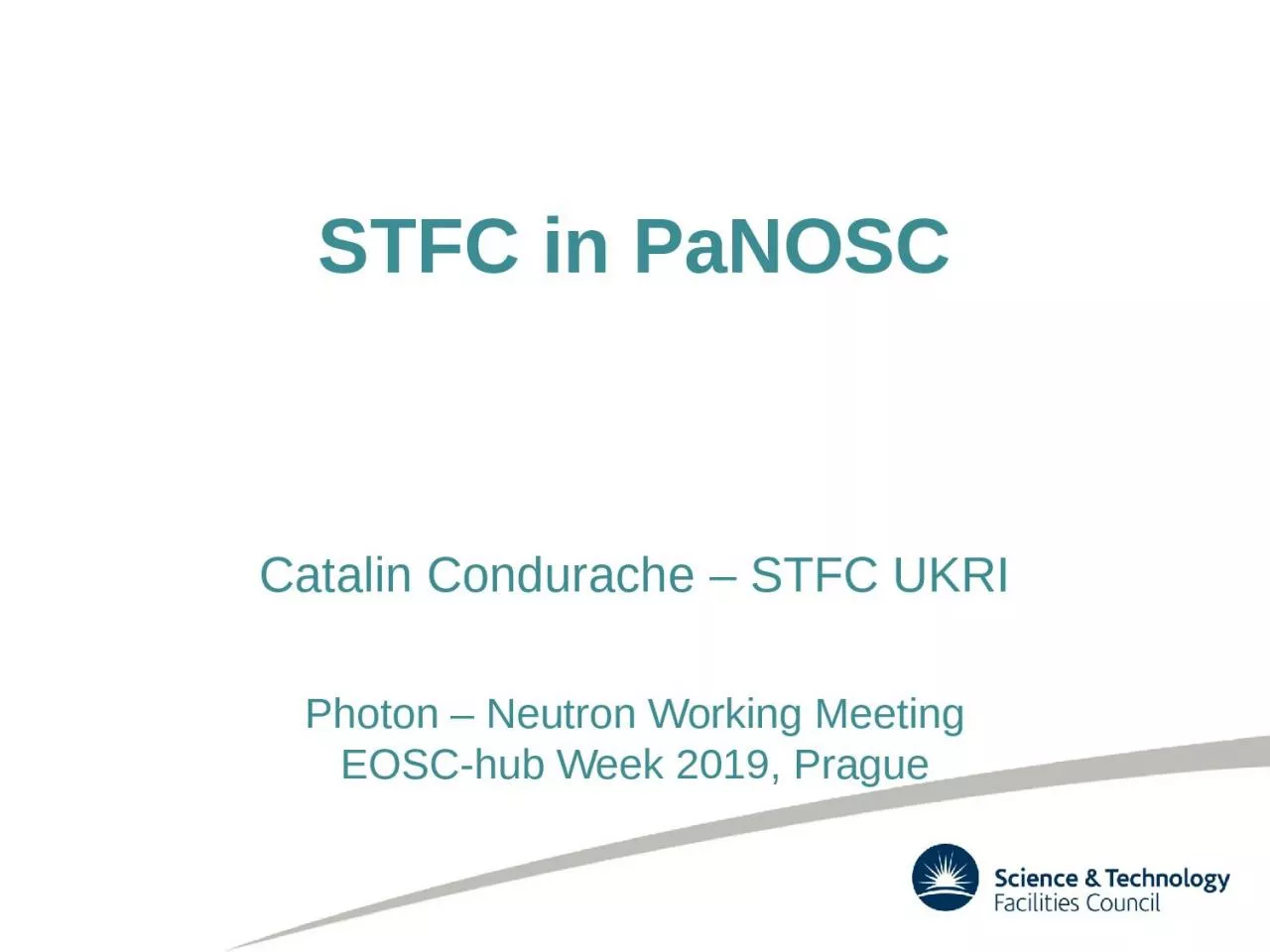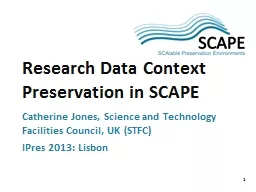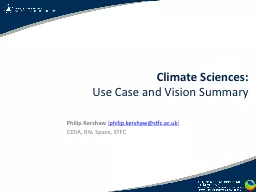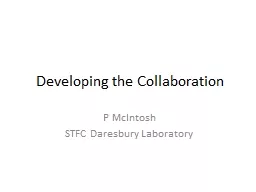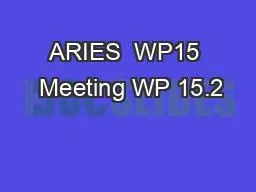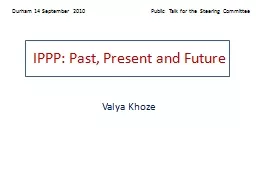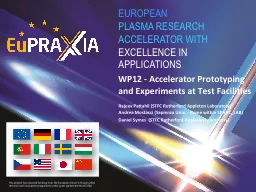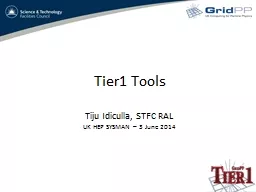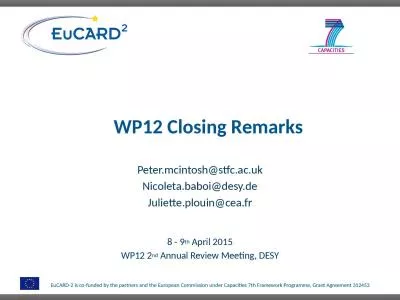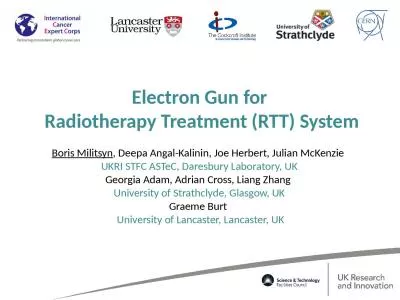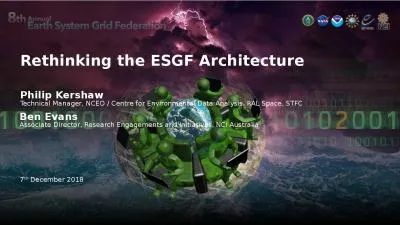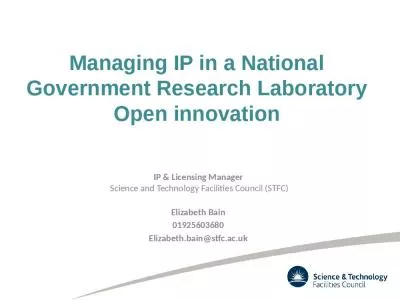PPT-STFC in PaNOSC Catalin
Author : CherryPoppins | Published Date : 2022-07-28
Condurache STFC UKRI Photon Neutron Working Meeting EOSChub Week 2019 Prague What is STFC doing in PaNOSC Providing the tools for moving large data sets around
Presentation Embed Code
Download Presentation
Download Presentation The PPT/PDF document "STFC in PaNOSC Catalin" is the property of its rightful owner. Permission is granted to download and print the materials on this website for personal, non-commercial use only, and to display it on your personal computer provided you do not modify the materials and that you retain all copyright notices contained in the materials. By downloading content from our website, you accept the terms of this agreement.
STFC in PaNOSC Catalin: Transcript
Download Rules Of Document
"STFC in PaNOSC Catalin"The content belongs to its owner. You may download and print it for personal use, without modification, and keep all copyright notices. By downloading, you agree to these terms.
Related Documents

